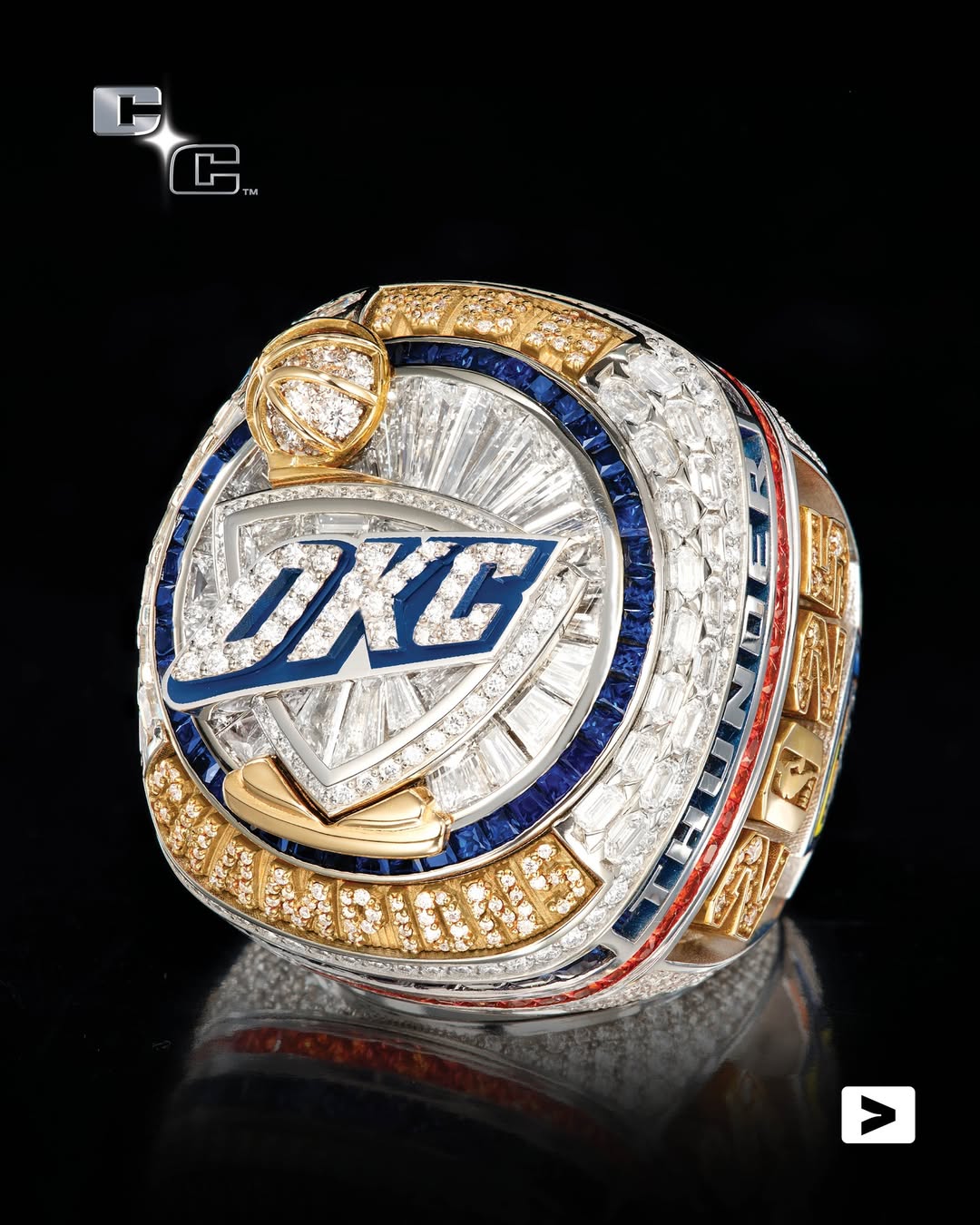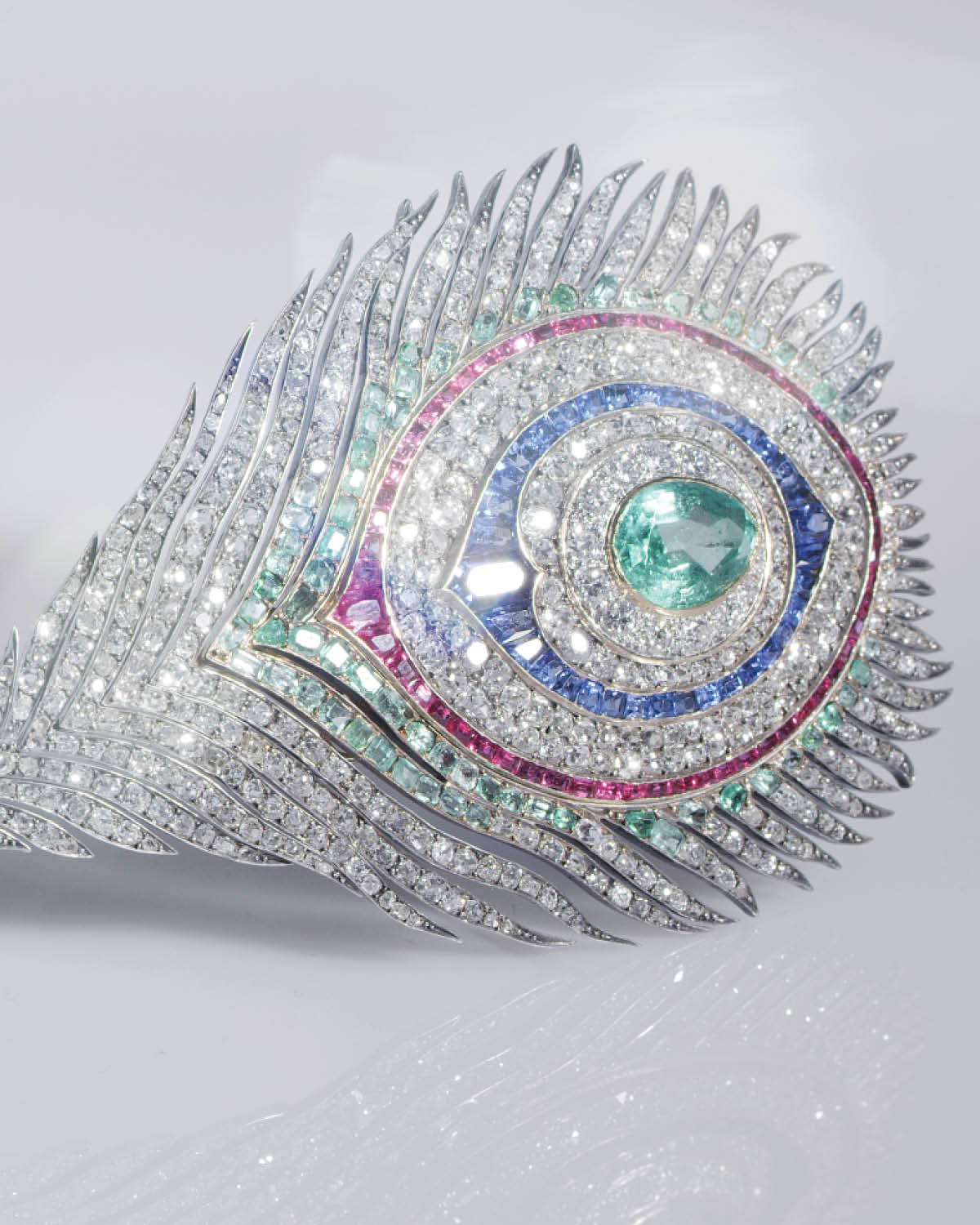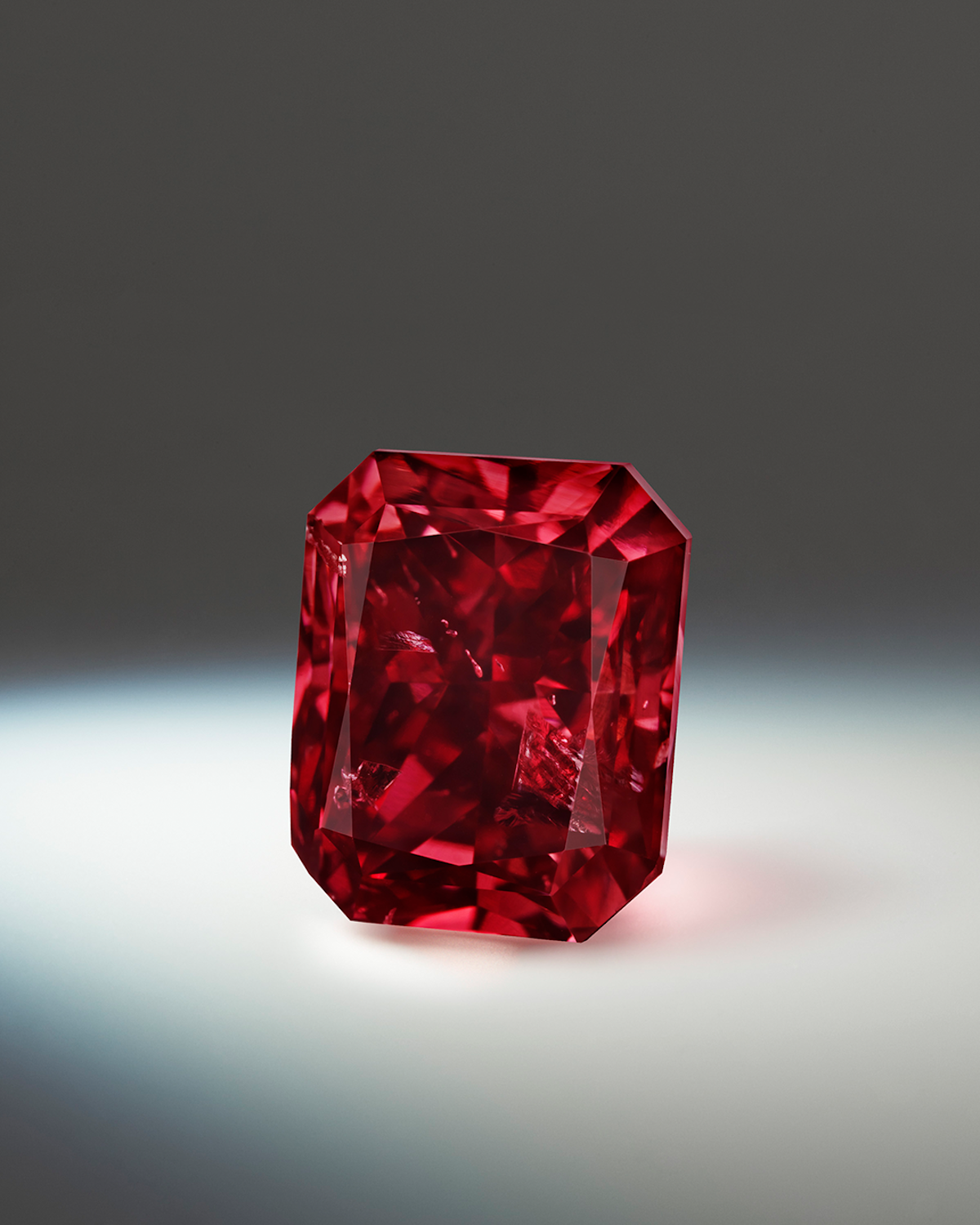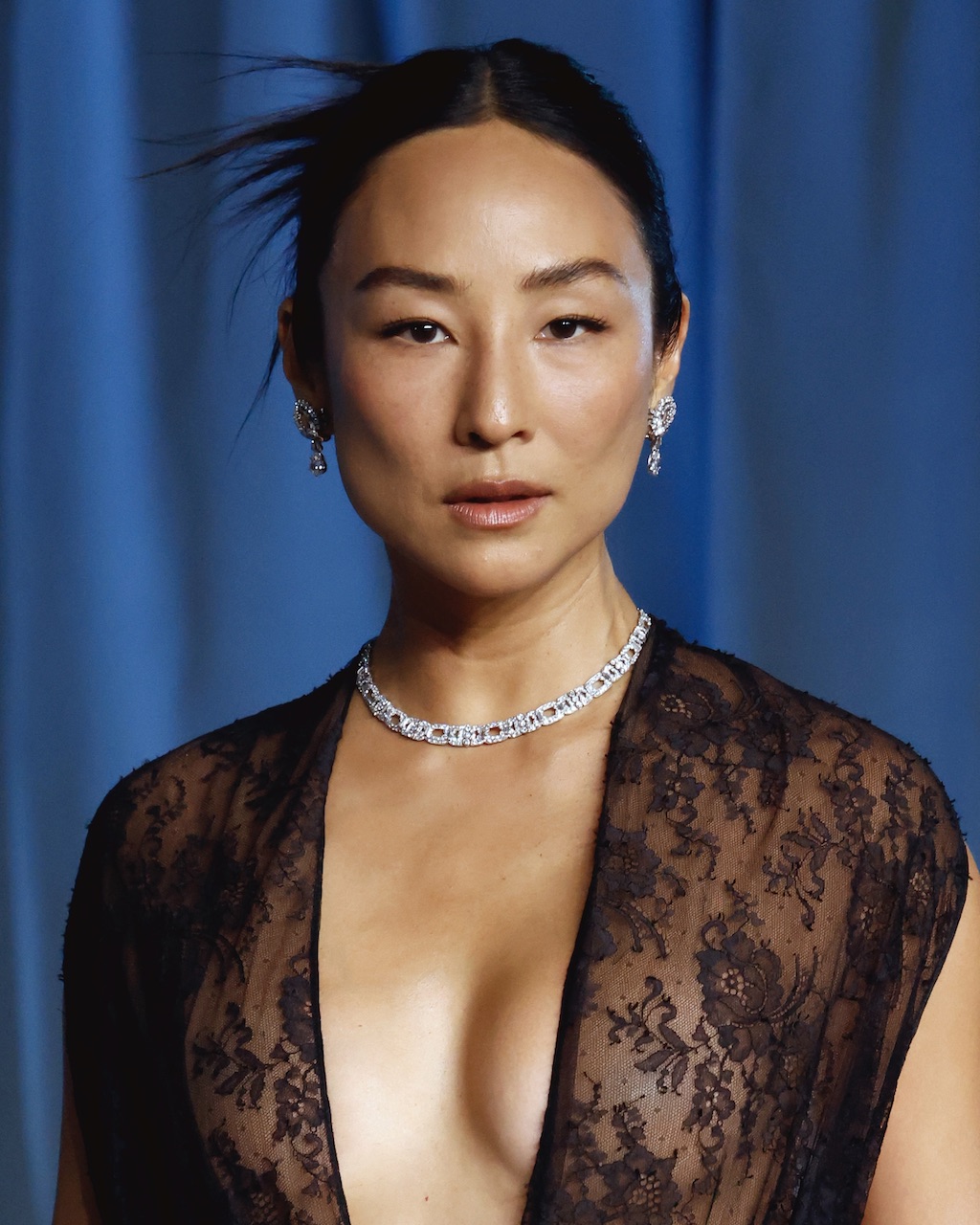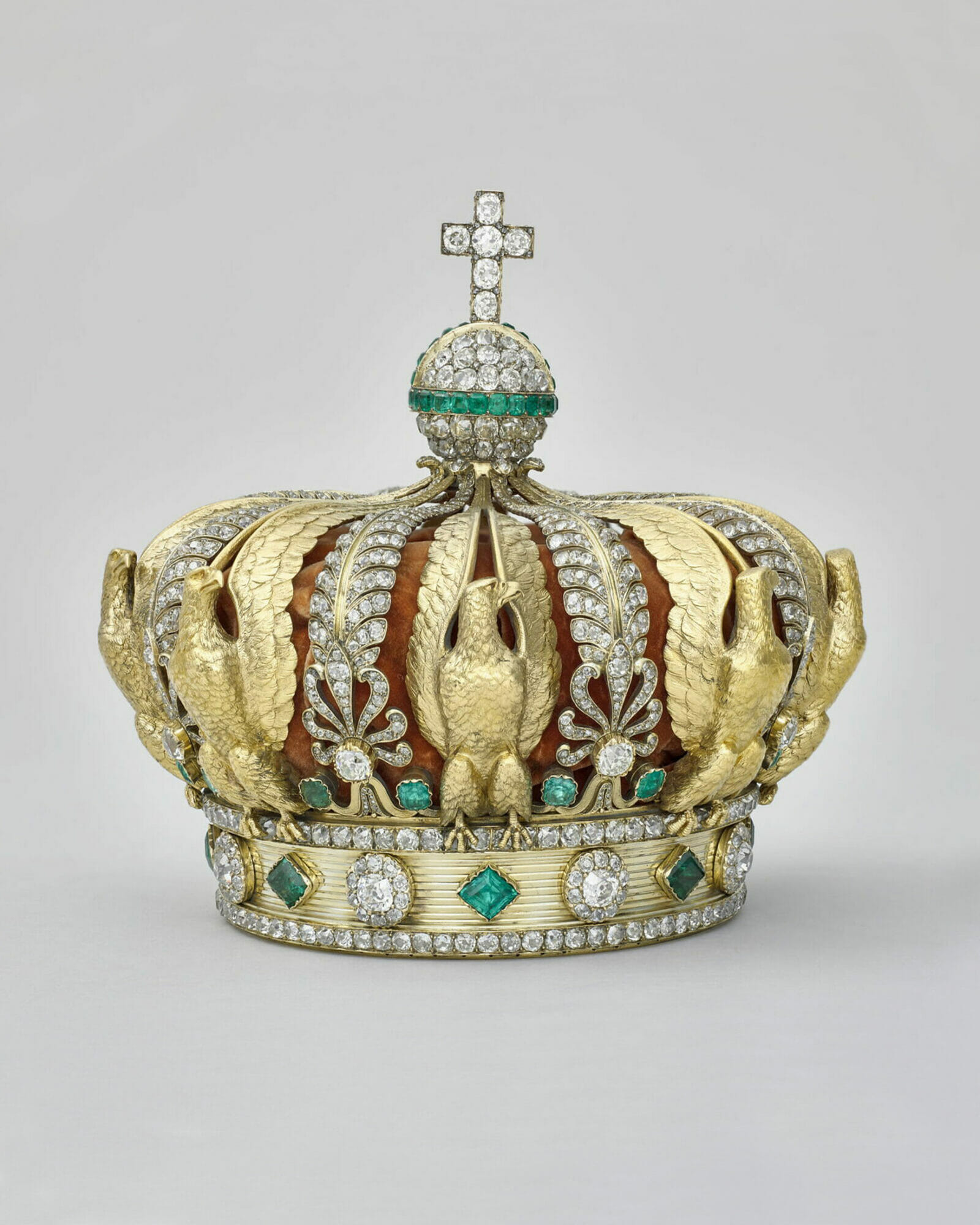Culture & Style
The Strange Brilliance of Salvador Dali’s Surrealist Jewels
While most of us admire Salvador Dalí’s surrealist masterpieces from inside museums, a fortunate few have the rare pleasure of wearing his natural diamond jewelry creations.
August 14, 2025
Written by: Hannah Militano

As a leading figure in the surrealist art movement, celebrated Spanish artist Salvador Dali was renowned for his skill, craftsmanship, and pure, boundless creativity. The multihyphenate was a painter, sculptor, author, critic, and impresario—but did you know he was also a jewelry designer?
“The impact of Salvador Dali’s jewels was huge at the time because he created a new lexicon of jewels, departing from traditional forms whilst pushing radical new ideas of what jewelry could be,” says Carol Woolton, author and podcaster of If Jewels Could Talk. “Using his unique artistic vision, he focused on symbolism and storytelling.”
Meet the Expert
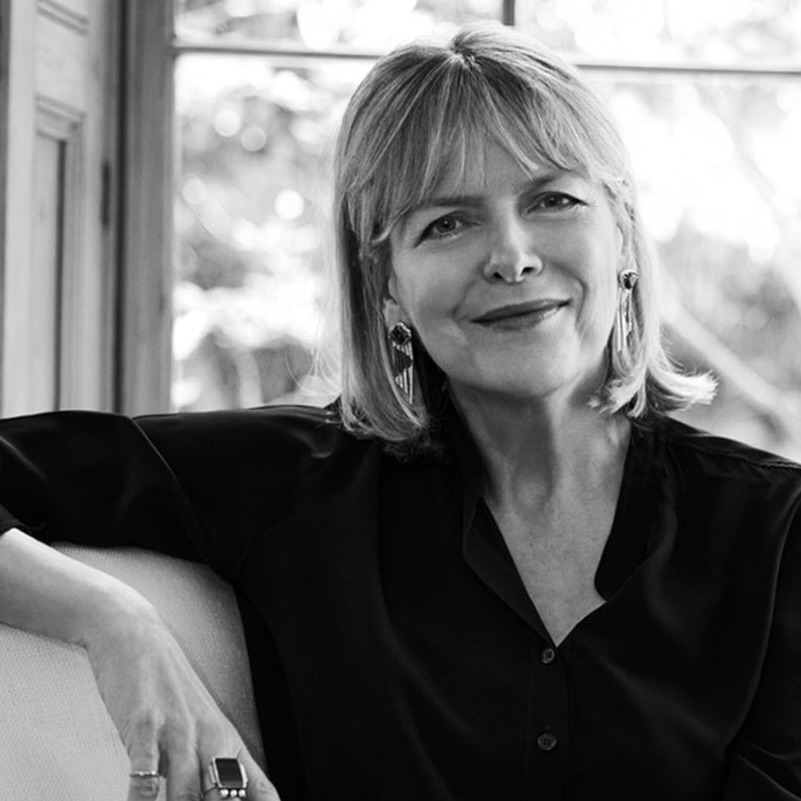
- Carol Woolton is an author, broadcaster, and jewelry historian.
- The founder and host of the podcast If Jewels Could Talk, she released her latest book of the same name in 2024.
- Woolton was Jewelry Editor at British Vogue for over 20 years and remains the magazine’s Contributing Jewelry Director.
- She is credited with initiating the role of Jewelry Editor at Tatler and Vogue magazines. She’s written for publications like Vanity Fair, Air Mail, The Financial Times, and more.
Meet the Surrealist Master: Salvador Dali’s Life and Legacy
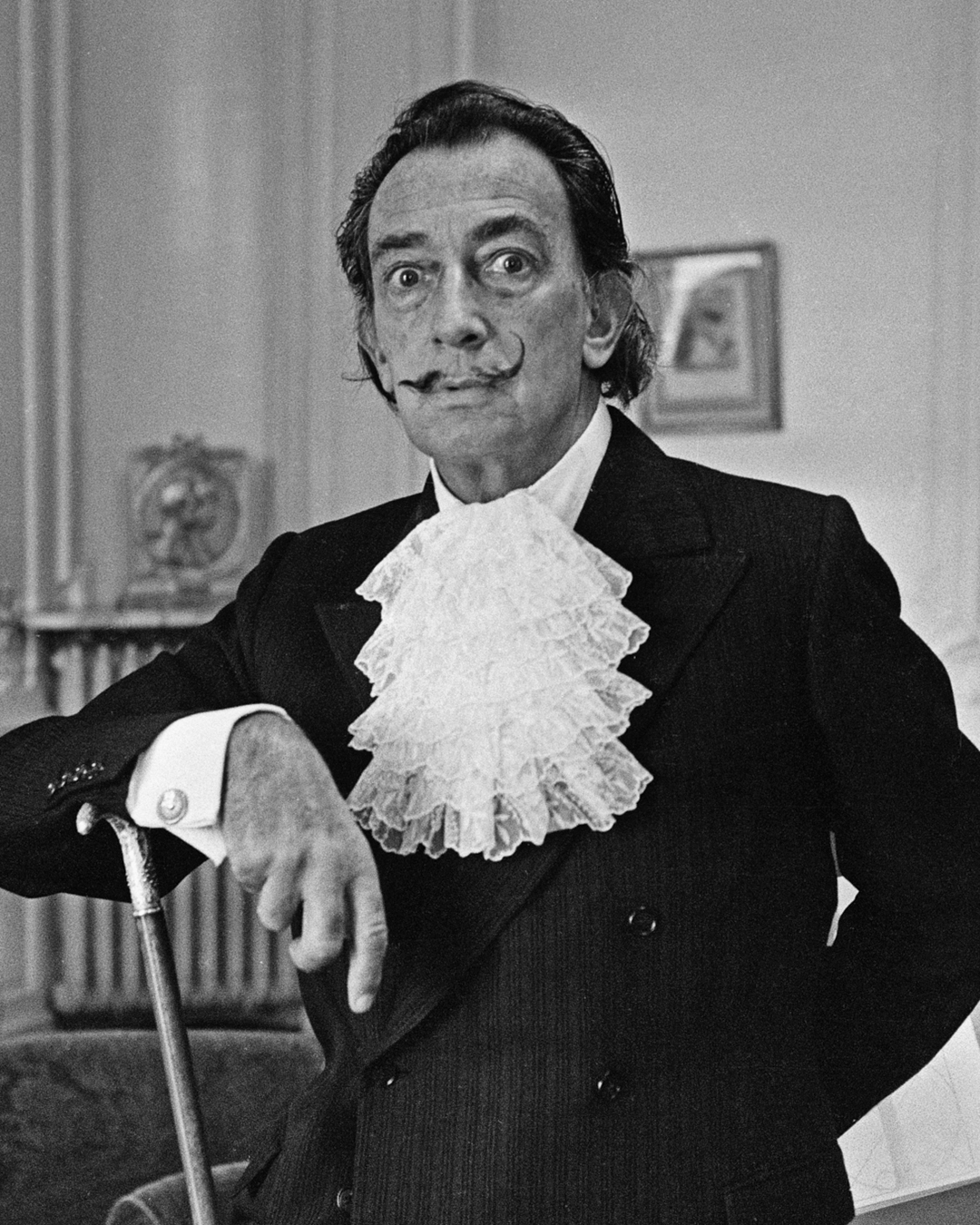
Salvador Dali was born Salvador Felipe Jacinto Dalí y Domenech in Figueres, Spain, in 1904. His parents encouraged his artistic talent from an early age, sending him to drawing school at the Colegio de Hermanos Maristas and the Instituto in 1916. After his mother passed away when he was just 16 years old, Dali enrolled at the Academia de San Fernando in Madrid, where he experimented with the boundaries of his eccentric nature and avant-garde art movements. Then, he began regularly visiting Paris and spending time with fellow artists like Picasso, Joan Miró, and René Magritte, who introduced him to Surrealism.
Dali’s major contribution to the Surrealist movement was what he dubbed the “paranoiac-critical method,” a mental exercise of tapping into the subconscious to enhance creativity. He went on to explore the world of filmmaking, collaborating with notable filmmakers such as Luis Buñuel and Alfred Hitchcock.
In 1929, Dali met the woman who would become his wife, Elena Dmitrievna Diakonova, also known as “Gala.” By that time, Dali had established himself as a notorious figure of the Surrealist movement, with his dramatic mustache and flamboyant style. After clashing with his fellow members of the art movement, he was expelled from the group in 1934.
Toward the end of his life, Dalí lost much of his wealth and was forced into retirement due to a motor disorder. Gala died in 1982, followed by Dalí in 1989.
When Did Salvador Dali Start Making Jewelry?
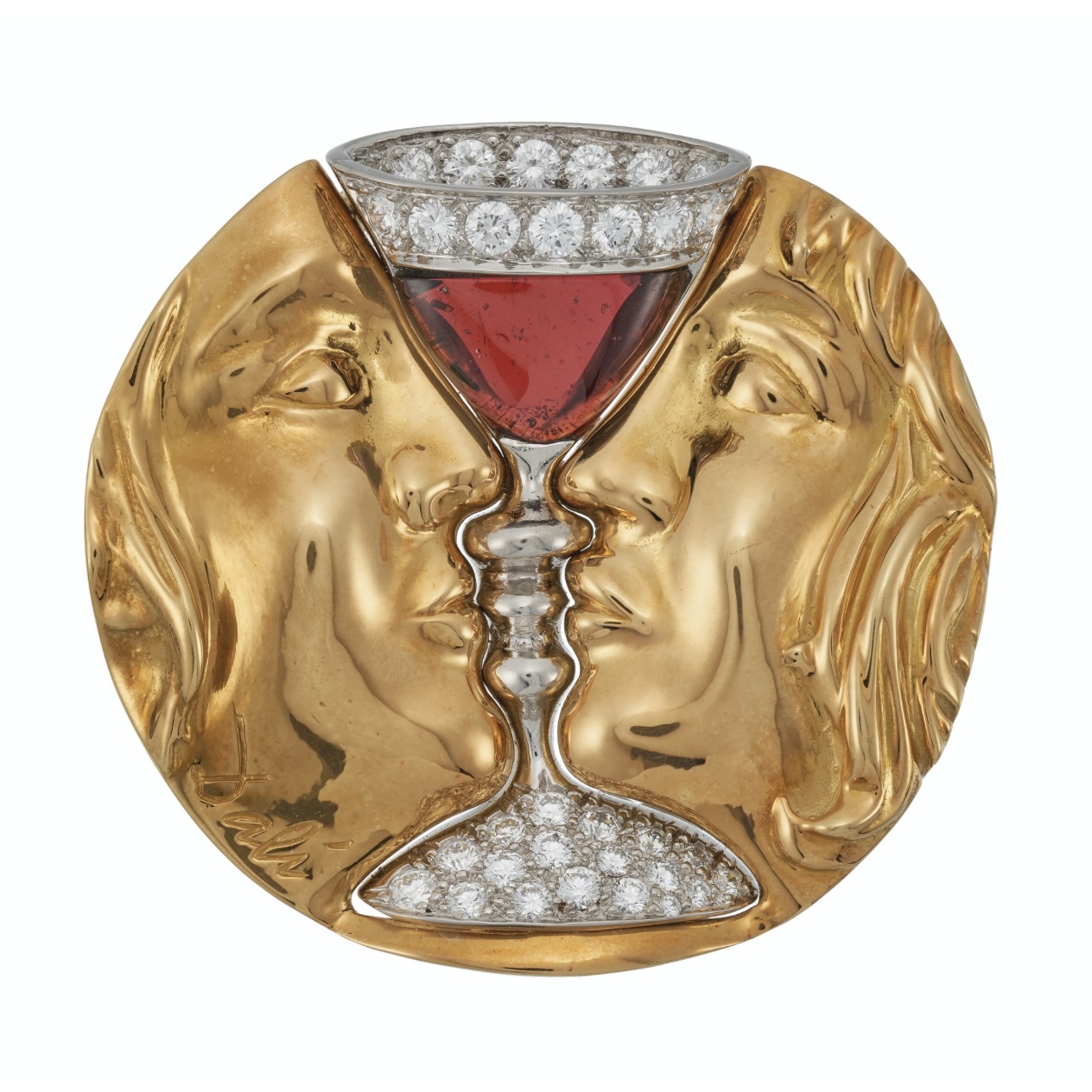
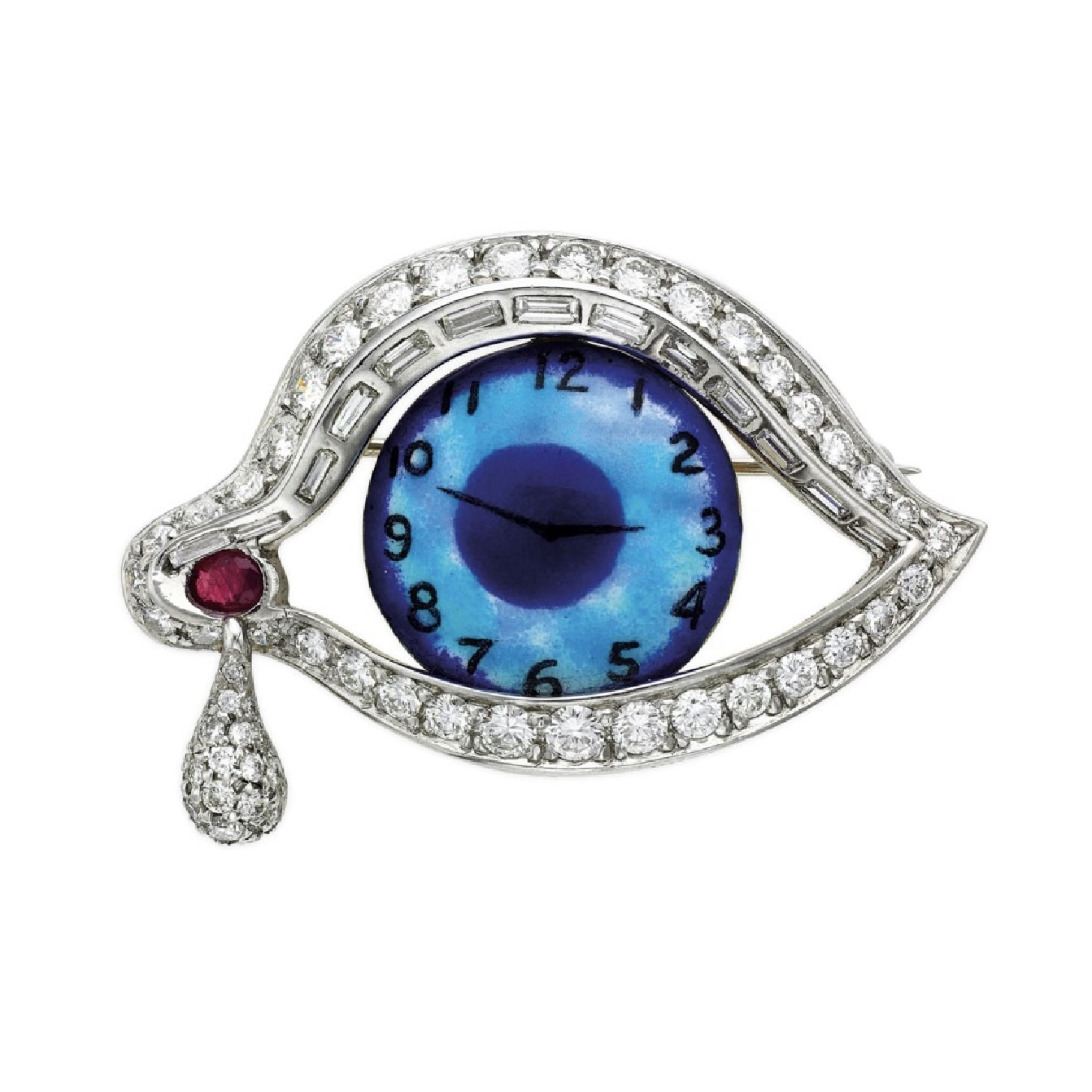
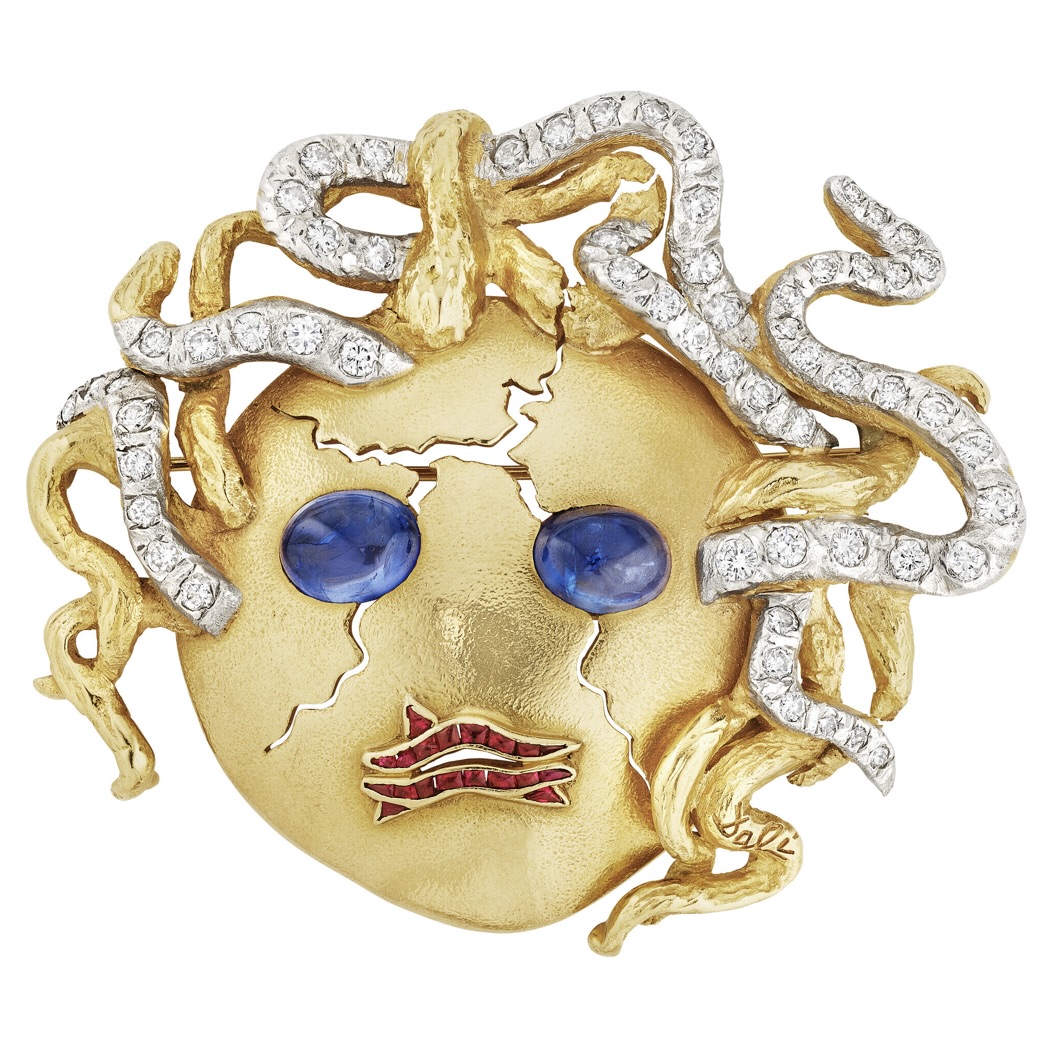

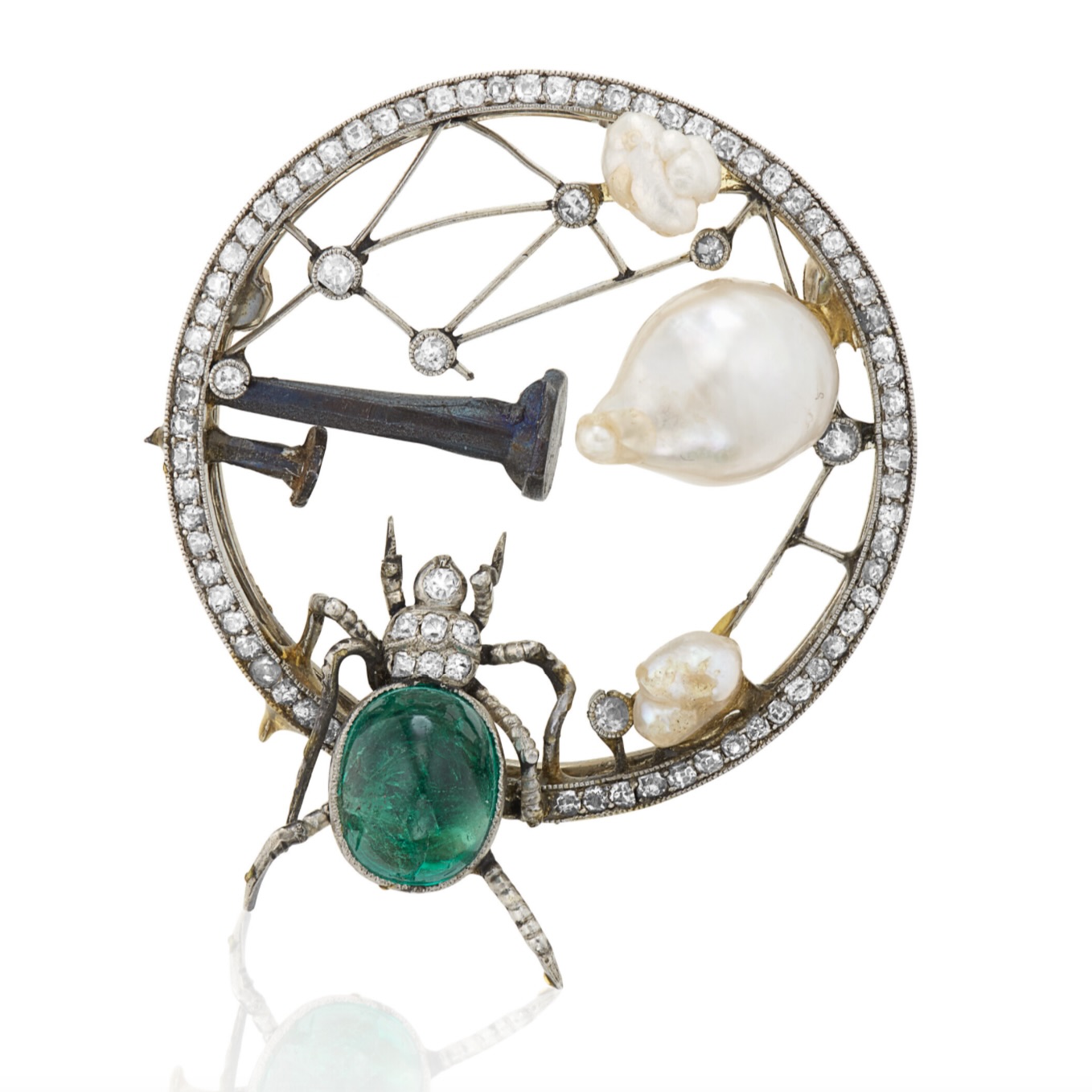
Dali’s world-famous paintings are far from his only legacy. Emancipated from expectation and never one to be confined, the art provocateur worked closely with well-respected jewelers like Carlos Alemany, Eric Ertman, and Henryk Kaston. Made according to his sketches, they translated his ideas into unique handmade jewelry, bringing his vision to life.
The Distinctive Style of Salvador Dali Jewelry
Woolton says the jewels were “skillfully crafted.” She explains, “He worked with skilled jewelers to realize his pieces, and he explored mechanics and technical movements in a way that hadn’t been done before; hearts pulsated, butterfly wings fluttered, and angels were created to fall.”
The collection, crafted between 1940 and 1970, was inspired by his wife and ultimate muse, Gala. Dalí was known for personally selecting each precious stone and titling his artistic ornaments.
Woolton explains, “In some cases, his penchant for surprising and shocking audiences, by pierced or bleeding hearts, tiny golden hands holding gemstones, or eccentric-looking spiders, propelled them to think about what they were looking at and its meaning as he explored ideas of immortality, time not being rigid, or interplanetary activity.” She says, “He’s one of the artists who successfully crossed mediums, and his jeweled legacy illustrates his obsessive and surrealist vision every bit as much as his artwork.”
Salvador Dali’s Influence on Contemporary Designers
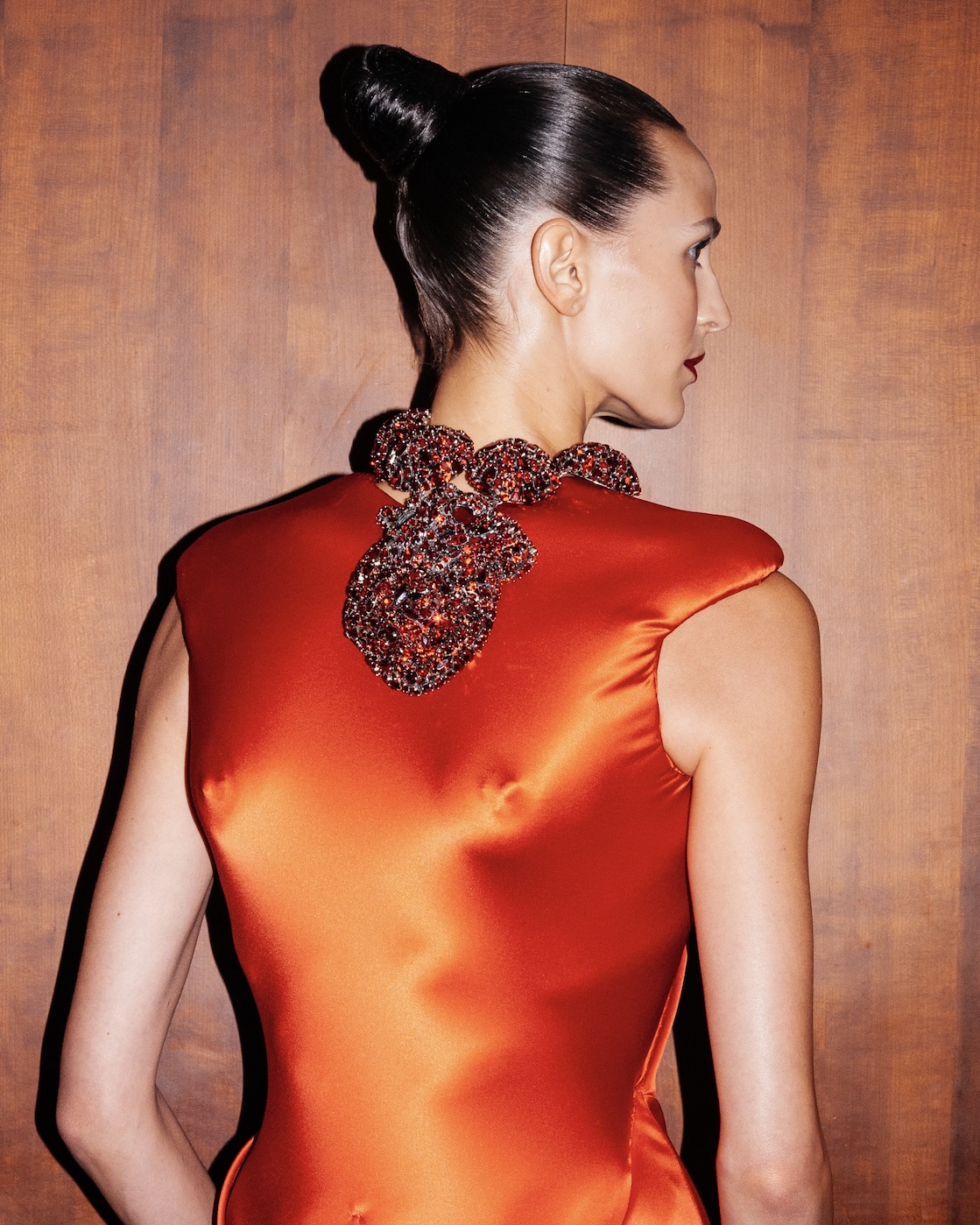
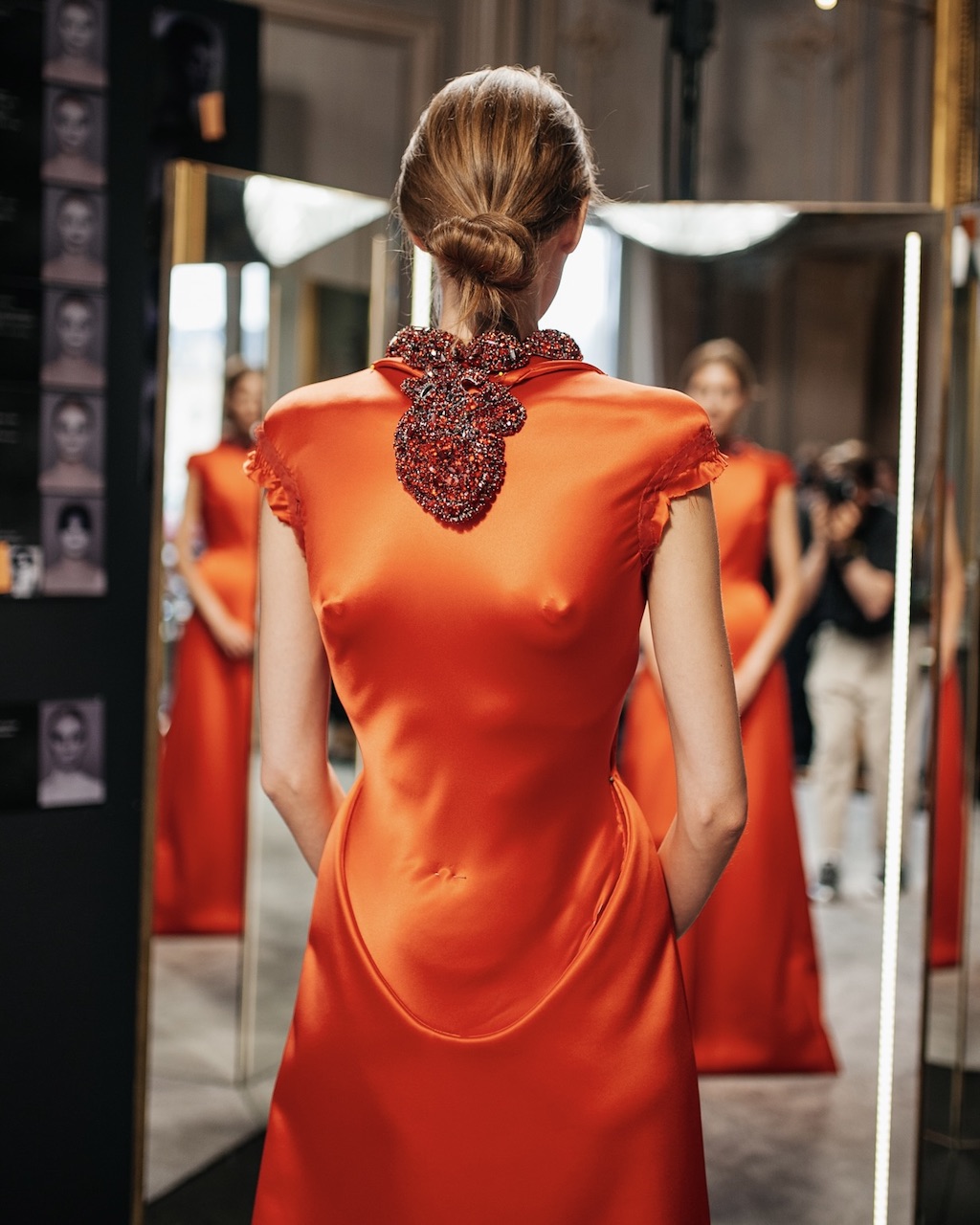
This July, Schiaparelli creative director, Daniel Roseberry, unveiled his Haute Couture Fall/Winter 2025–2026 collection, titled “Back to the Future,” during Paris Fashion Week.
Through a sea of black and white ensembles came Look 24. The red satin trompe l’oeil backwards dress featured a corseted front and a back with molded breasts. The look was complete with a red rhinestone human heart necklace, beating with mechanical pulsations. The necklace was a clear homage to Salvador Dali’s 1953 piece, “The Royal Heart.”
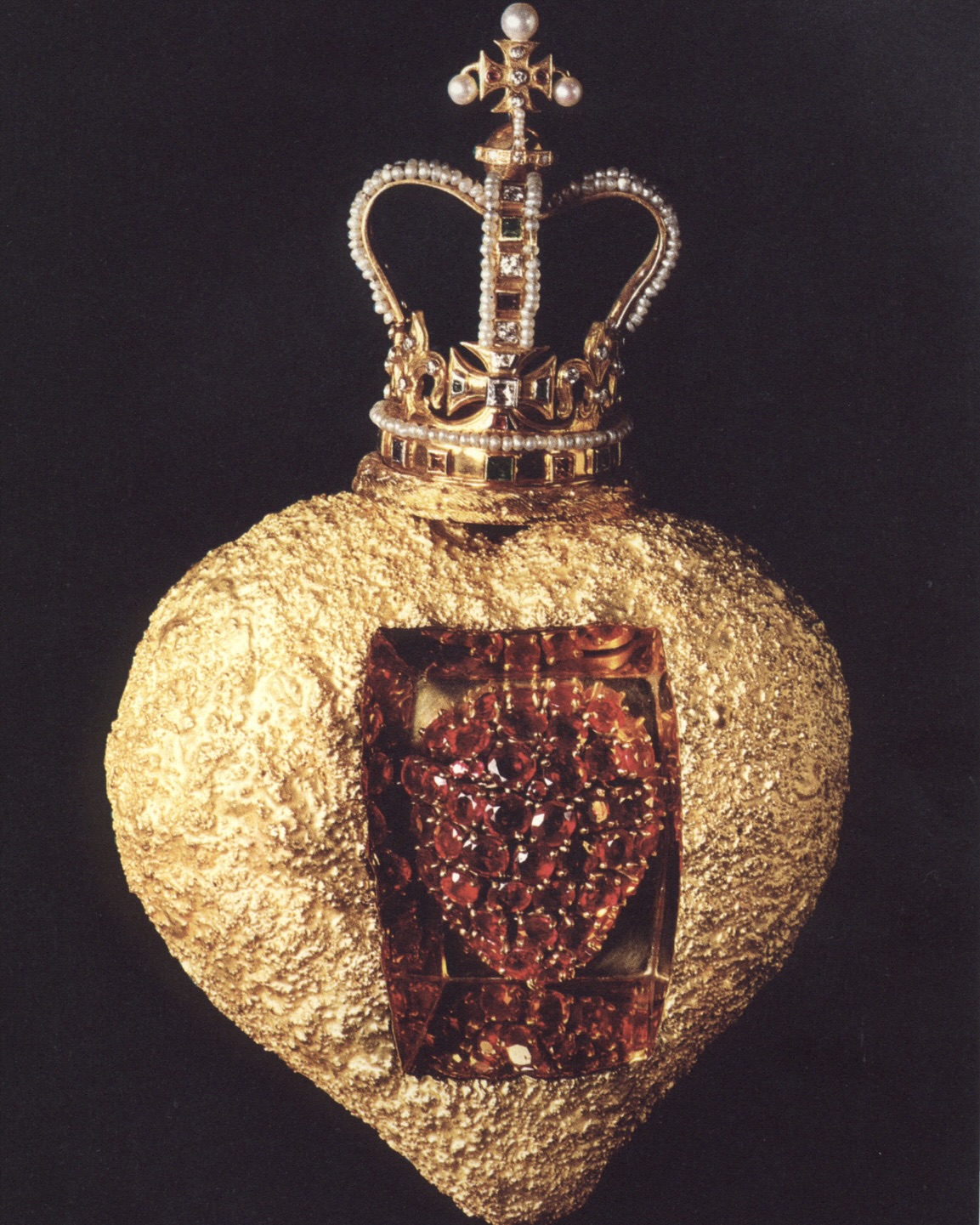
On display at the Dalí Theatre and Museum in Figueres, Spain, the artwork features a textured 18-karat yellow gold heart topped with a regal crown set with natural diamonds, pearls, sapphires, emeralds, aquamarine, and amethyst. At its center, a carved compartment houses a ruby-red heart that appears to beat, powered by a mobile and reducer mechanism.
A fellow leader of surrealism, the Maison’s founder and eternal inspiration, Italian fashion designer Elsa Schiaparelli, was a close friend and collaborator of Dali. Together, the pair created the “lobster dress” made famous by American socialite Wallis Simpson, who married into British royalty with Edward VIII.
“The value of his pieces lies in his ideas,” Woolton says of Dali’s jewels. “He was a significant figure at the time in the avant-garde scene, influencing designers such as Elsa Schiaparelli, and I’d argue that he still does.”
Jewels Influenced by Salvador Dali’s “The Persistence of Memory”
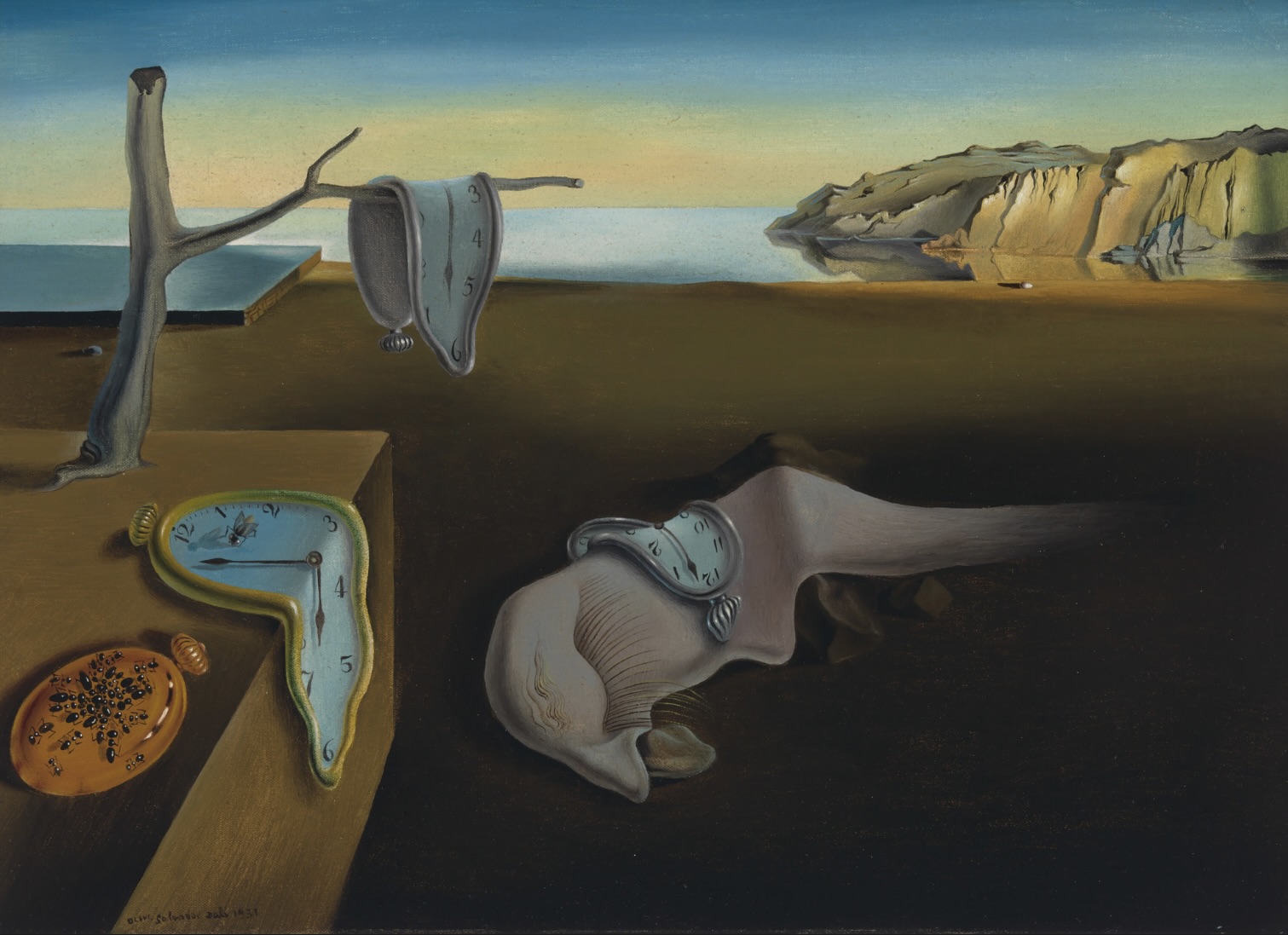
In 1931, Salvador Dali created one of his most famous paintings and one of the best-known Surrealist works to this day. “The Persistence of Memory” is sometimes referred to as “Soft Watches.” It depicts a collection of watches melting in a barren landscape. Many believe the piece conveys that time is not a rigid construct and all things come to an end.
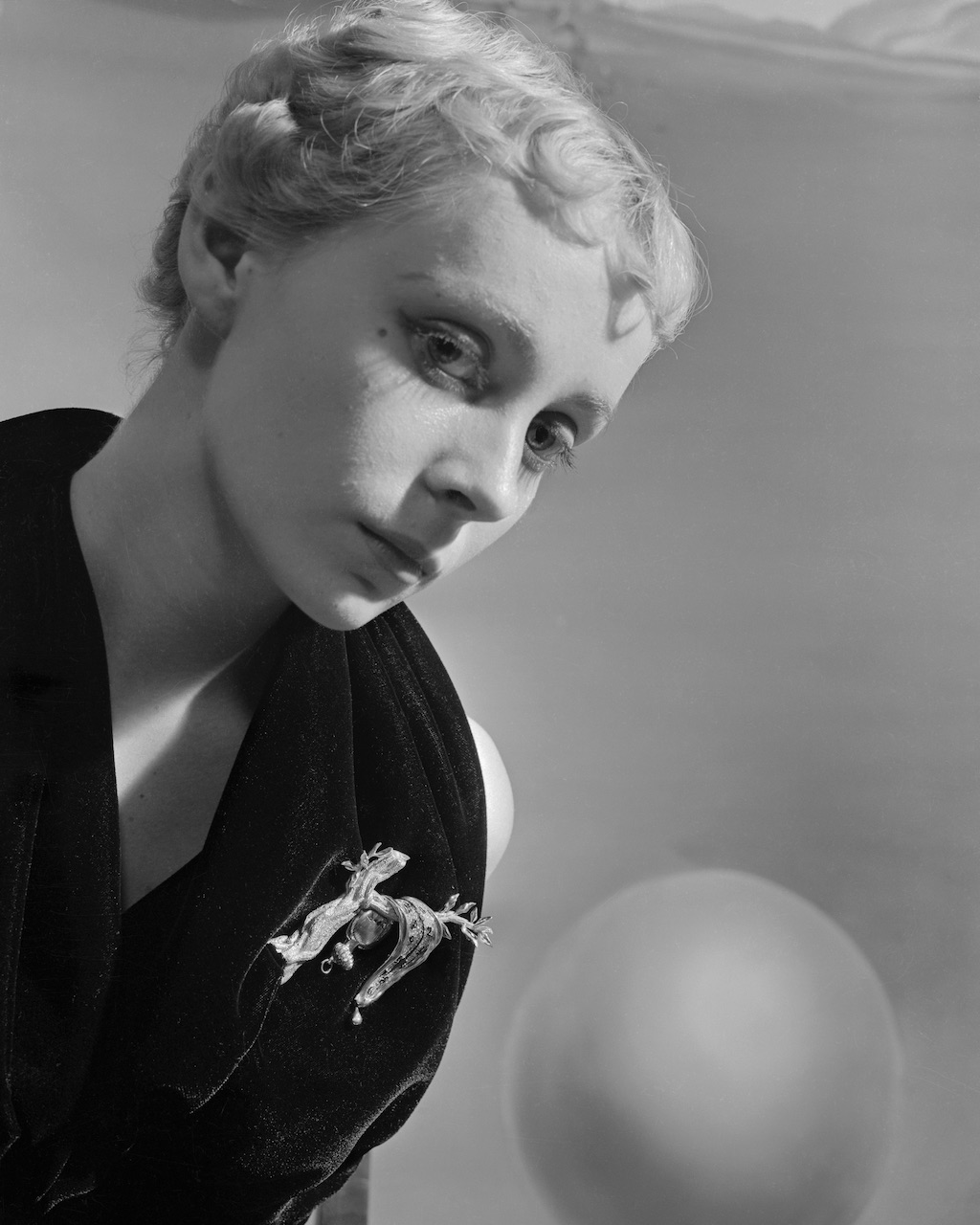
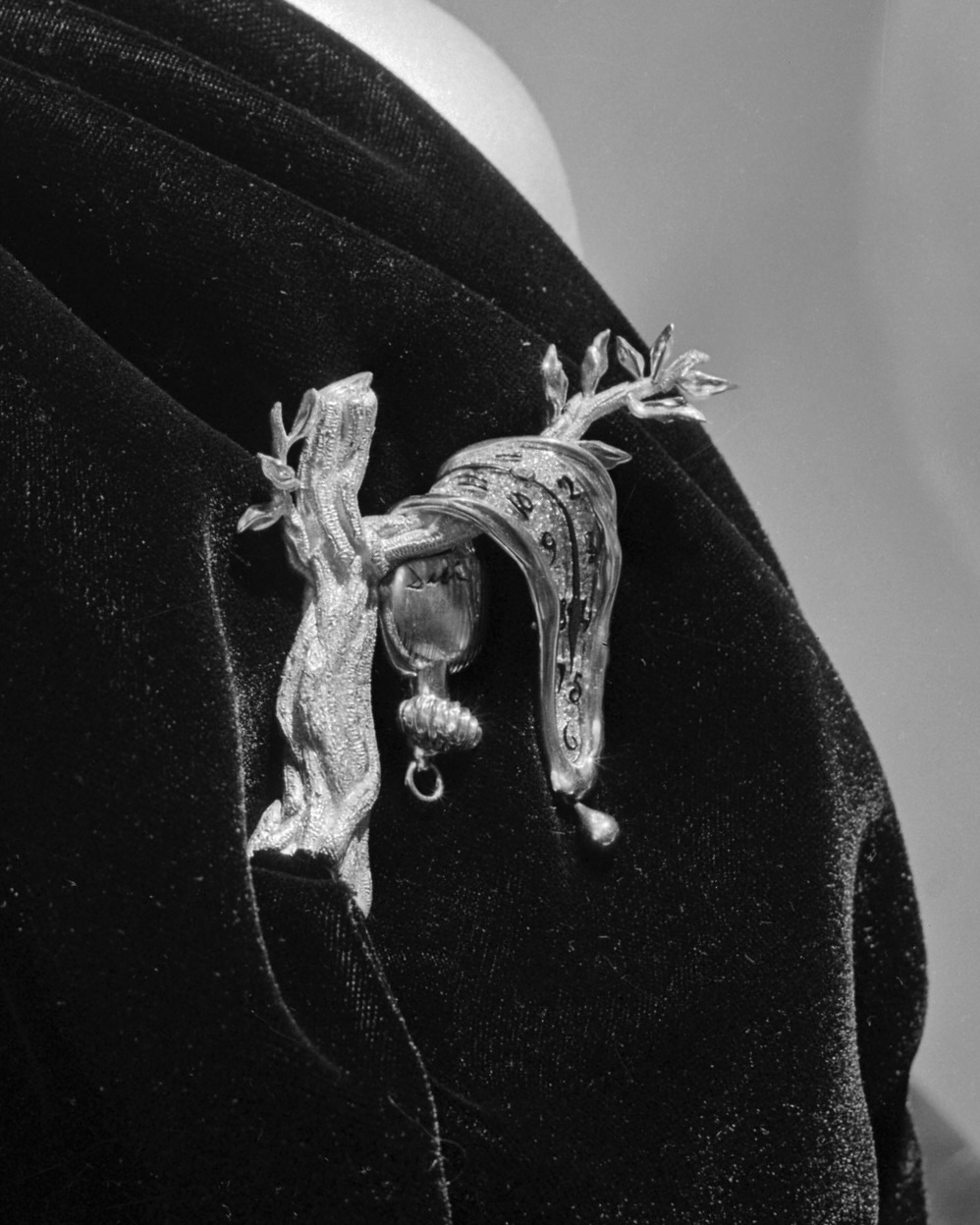
The artist produced multiple diamond and gold brooches of a pocket watch draped over a tree with the help of New York jewelers Alemany & Ertman.
The Cartier Crash Watch and Salvador Dali’s Surrealist Influence
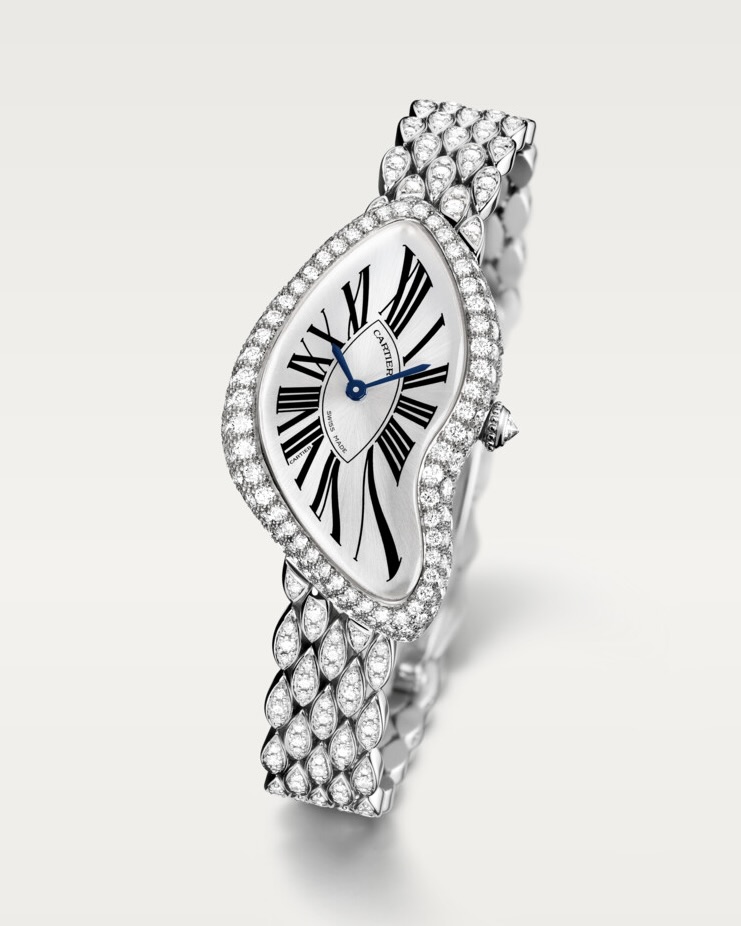
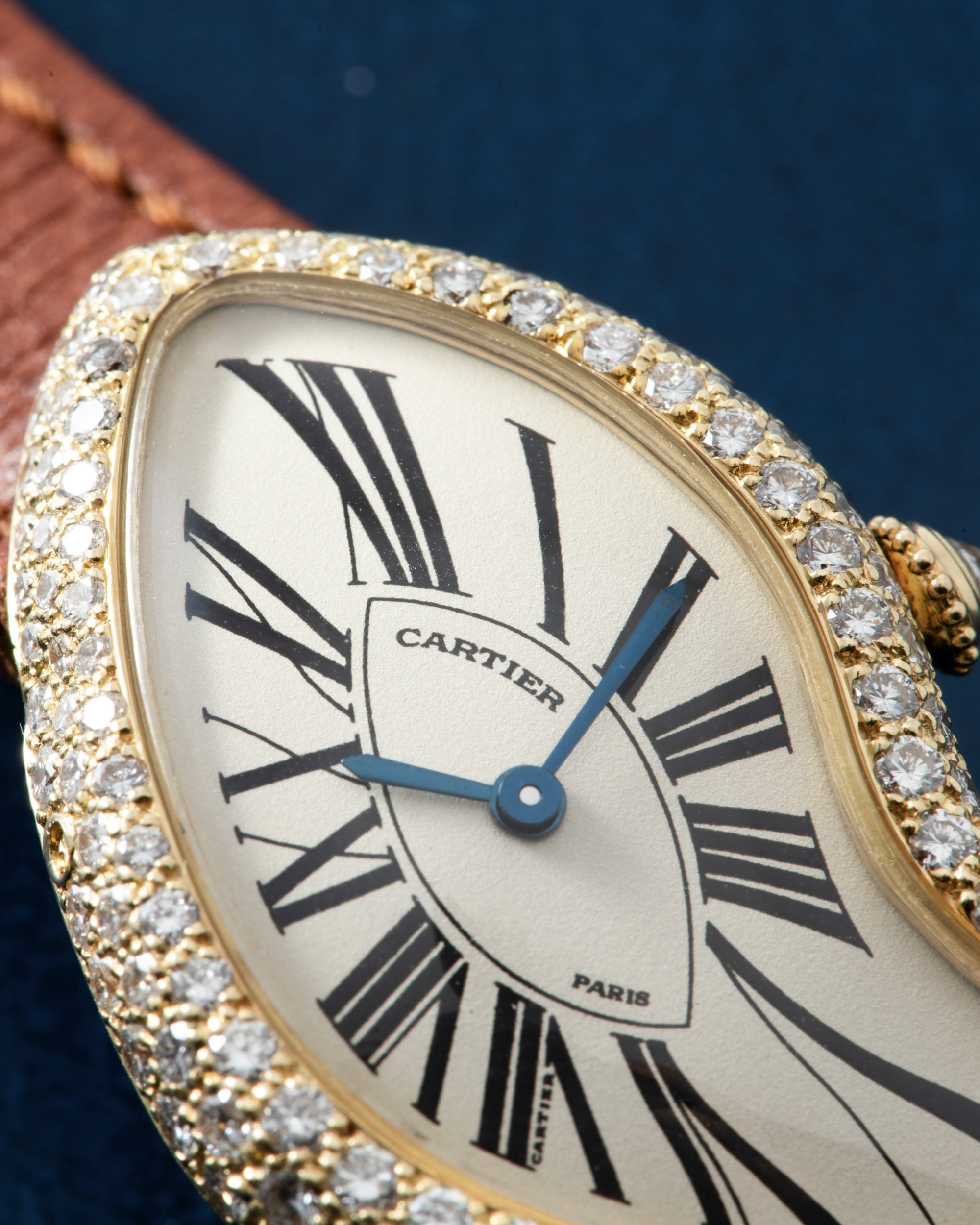
As one of the most striking and unconventional watch designs in history, the Cartier Crash is known for its memorable asymmetrical “melted” case shape and distorted Roman numerals.
After it debuted in 1967 in London, the Crash stood out for its surrealist nature, defying traditional timepiece design standards and further amplifying Cartier’s reputation for innovation. The Crash quickly became a highly sought-after collector’s item and a cult favorite among watch aficionados.
The watch was conceived by Jean-Jacques Cartier and his team of expert craftsmen at the Bond Street boutique. Thought to have been influenced by Salvador Dalí’s surrealist paintings, the Cartier Crash is often compared to the artist’s 1931 piece, The Persistence of Memory.
It’s also rumored to have been inspired by a Cartier Baignoire watch damaged in a car crash that was brought into the London boutique for repair, hence the name. Natural diamond iterations elevate the iconic timepiece into the stratosphere, transforming it into both a masterpiece of horology and a timeless work of wearable art.
Where to See Salvador Dali Jewelry Today
The Norton Museum of Art in West Palm Beach, Florida, is currently presenting the exhibition, “Artists’ Jewelry: From Cubism to Pop, the Diane Venet Collection,” until October 5, 2025. The internationally recognized collector, Diane Venet, began accumulating her jewels in the 1980s, shortly after meeting her husband, the French conceptual artist Bernar Venet. It doesn’t hurt that she befriended some of the most significant artists of the 20th and 21st centuries. Over 150 pieces of jewelry, designed by some 140 of the most revered artists, will be featured, including a brooch that melds the forms of a hair comb, a watch, and a spoon by Dali.
As one exhibit closes, another opens. From October 1-12, The King’s Trust at Wartski in London will present “From Function to Fantasy: The Brooch,” where a Salvador Dali hand brooch will be on display for the very first time.
“His jewels are considered taste,” says Woolton. “They can be ‘marmite’, but whether you like them or not, they are collectible and illustrate the work of one of the great twentieth-century artists in wearable form.”


